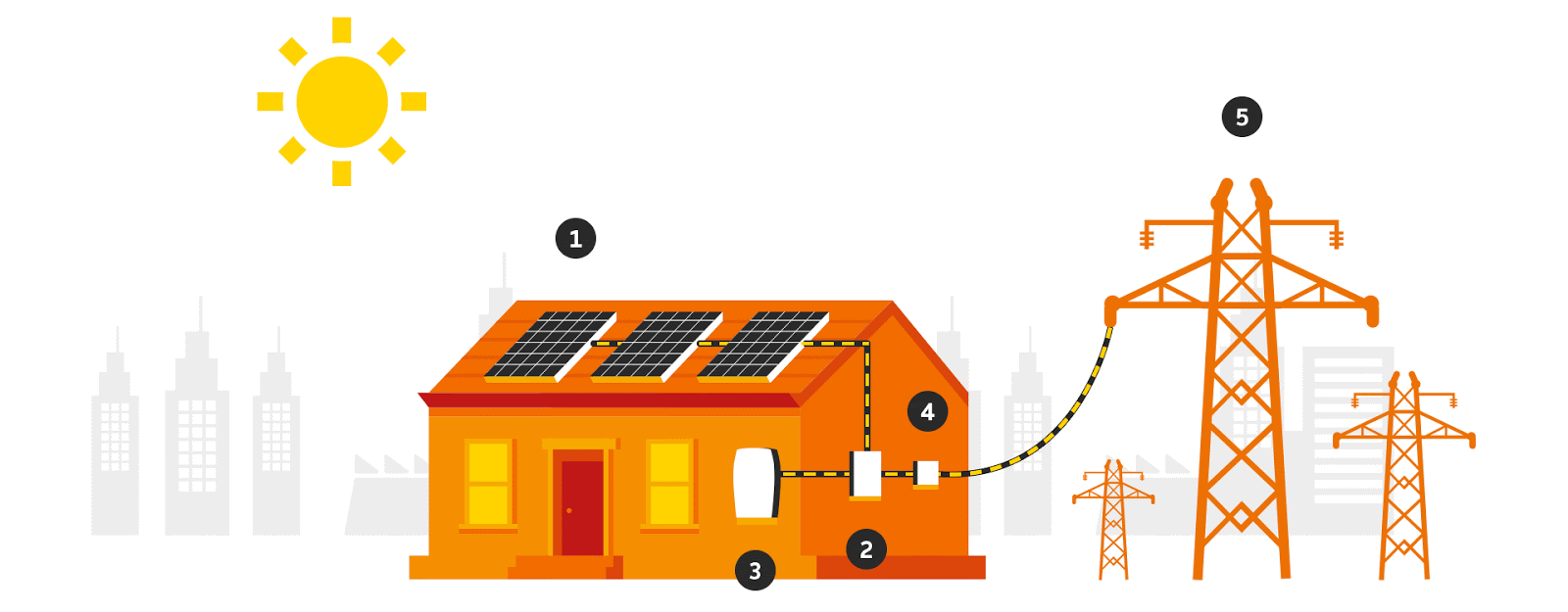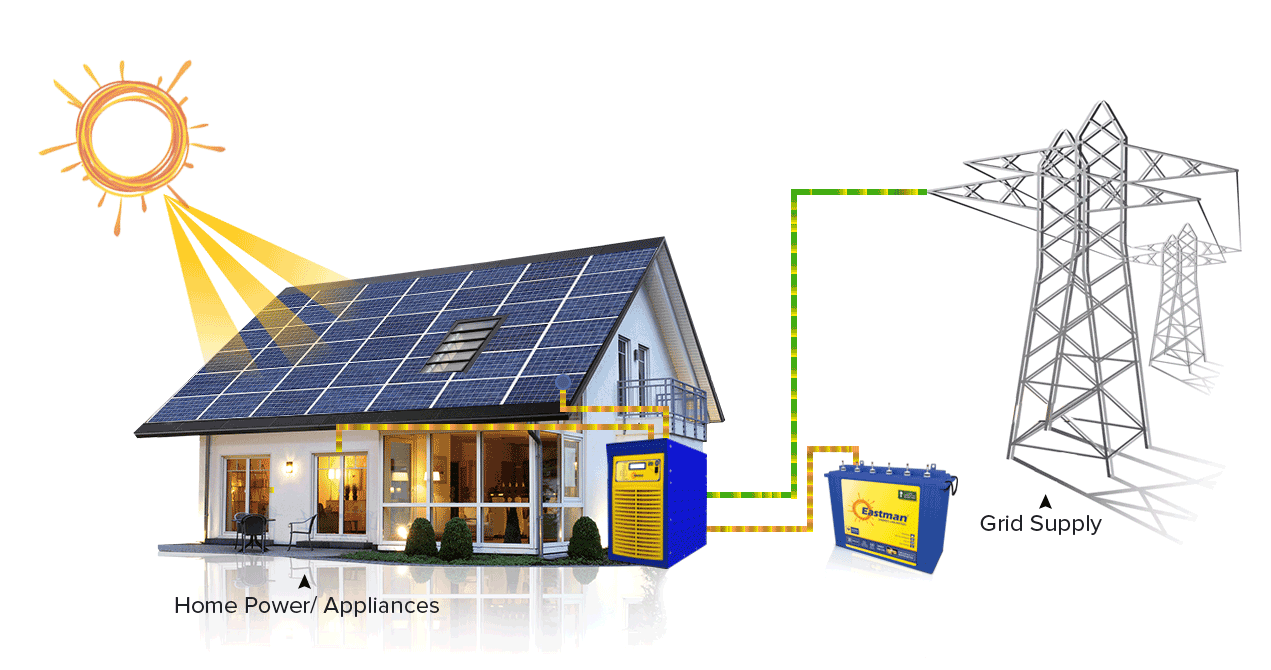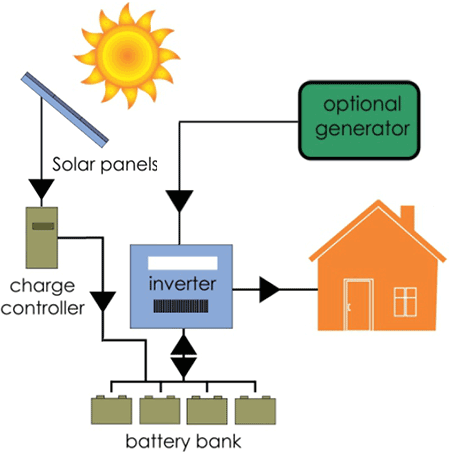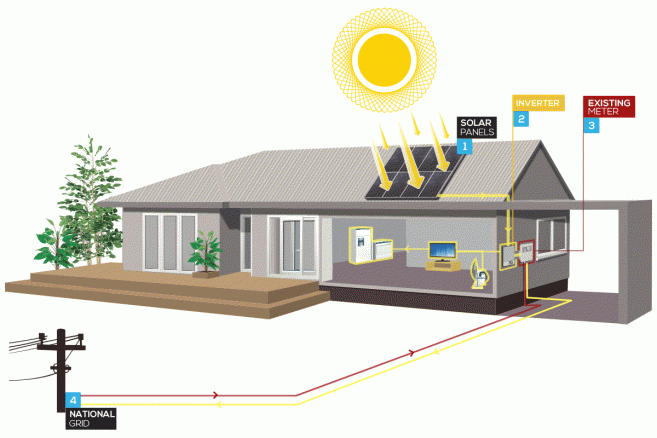

Off Grid Solar Power System
As electricity consumption and costs continue to rise, the world is increasingly turning to renewable energy sources to meet its growing energy demands. Among these, solar energy has emerged as one of the most promising solutions. With declining installation costs and advancements in technology, solar power—especially through initiatives like Solar Panels for Home under UPNEDA—is becoming an increasingly popular and efficient choice for households and businesses alike.
A solar system is a setup designed to generate electricity using solar energy. The key components include:
- Solar panels to capture sunlight
- An inverter to convert DC to AC power
- Mounting structures to support the panels
- Batteries (in some systems) to store excess energy
- Grid box for managing power flow
- And other essential accessories like wires, connectors, and fasteners
Solar systems are available in various capacities, such as 1 kW, 2 kW, 3 kW, 5 kW, 7.5 kW, and 10 kW, depending on your energy needs and usage.
Solar systems are available in various capacities, such as 1 kW, 2 kW, 3 kW, 5 kW, 7.5 kW, and 10 kW, depending on your energy needs and usage.



